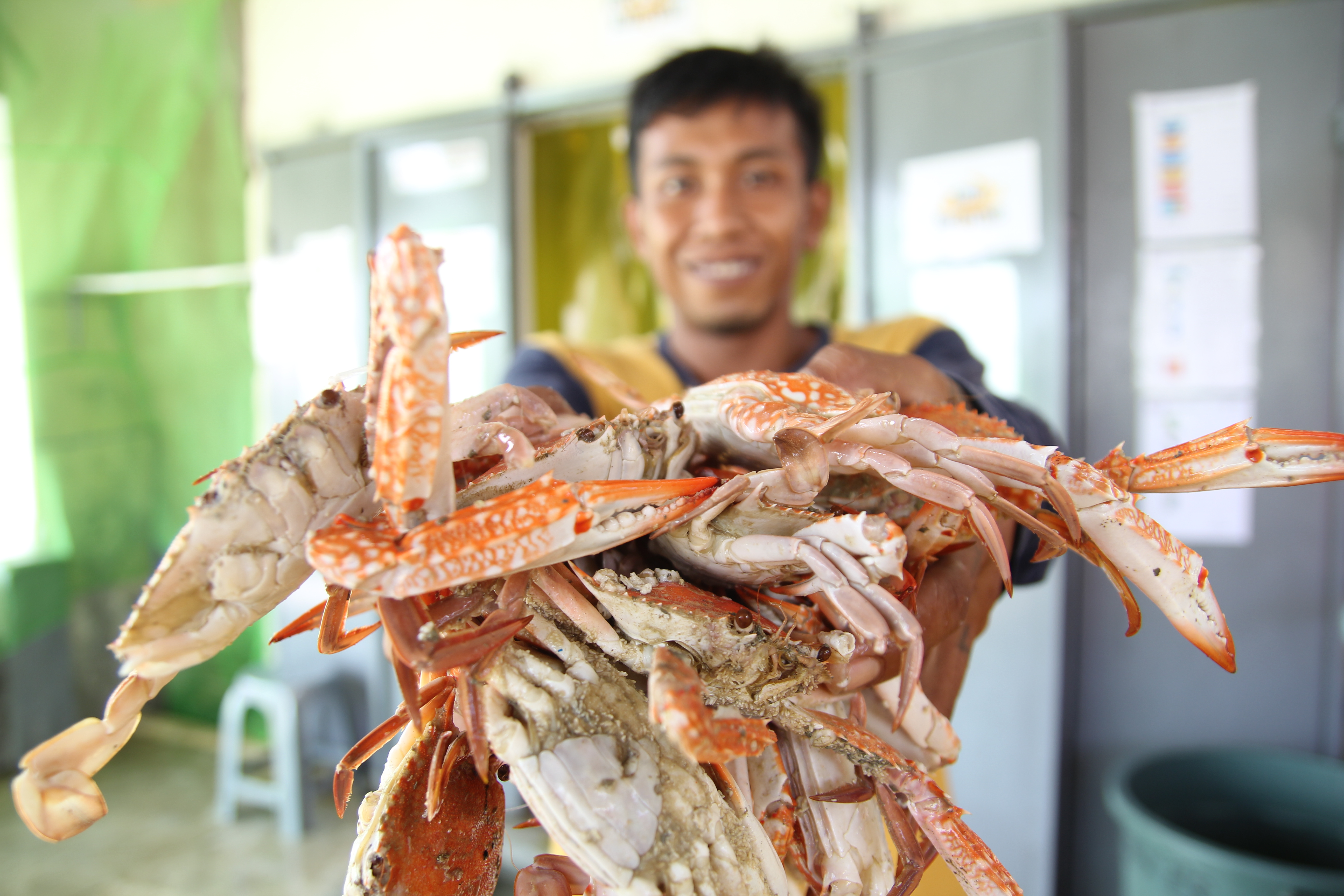Developing investment opportunities in sustainable marine capture fisheries
Marine fisheries provide an important source of food and livelihoods for millions of people globally, contributing more than US $274 billion to the global economy[1] and some estimates of the potential net gain for improved management at US $600-$1400 billion in present value over fifty years after rebuilding fish stocks[2].
How can governments, development banks, philanthropic grant-makers, and nonprofit organizations create the conditions that will attract and recruit impact investors to participate in the sustainable fisheries sector and contribute to the long-term value of global fisheries? We at Wilderness Markets recently tackled this question as part of our work with World Bank.
The first step is to clearly understand the barriers that keep these investors from engaging with sustainable fisheries and the information they need to evaluate investments. With this knowledge in hand, leaders in government, international development, and philanthropy can align their own funding to create the conditions for more capital to contribute to sustainable fisheries.
The central challenges that keep return-seeking investors from participating in sustainable fisheries fall into four main categories: a lack of fishery data, ineffective fisheries management, unreliable infrastructure systems, and a paucity of investment-ready opportunities.
We propose three potential models for sequencing and combining different sources of capital to overcome these obstacles and achieve sustainable fisheries:
- Serial Approach: Public and philanthropic funders first support the establishment of strong governance, data collection, and management of a fishery. Based on the de-risking effort of these initial projects, return-seeking investors subsequently fund sustainable infrastructure projects (often in conjunction with public resources) and/or enterprises focused on triple bottom line outcomes.
- Consolidated Approach: Governments negotiate agreements with a single private sector entity or cooperative to delegate fishery management responsibilities. The private firm or cooperative then simultaneously invests in fishery data, management, infrastructure, and triple bottom-line enterprises.
- Parallel Approach: A range of investors and other stakeholders (e.g., governments, nonprofit organizations, fishing collectives) develop concurrent and coordinated investments in fisheries data, management, infrastructure, and triple bottom line enterprises. Each effort is separately funded, but they work in tandem and share the ultimate goal of achieving sustainable catch with an appropriately capitalized and profitable fishing sector.
Each of the above sequencing models has pros and cons, and each warrants additional exploration; making return-seeking investments that achieve the triple bottom line outcomes of social, environmental, and economic benefits is early on in it its evolution within the fisheries sector. They hold potential to attract additional funds and encourage private-sector approaches to help speed the transition to sustainable fisheries.
Adapted from: Inamdar, Neel, Larry Band, Miguel Jorge, and Jada Tullos Anderson. Developing Impact Investment Opportunities for Return-Seeking Capital in Sustainable Marine Capture Fisheries. Edited by Ashley Simons. Washington, D.C.: World Bank Group, 2016.
[1] World Bank. 2012. “Hidden Harvest: The Global Contribution of Capture Fisheries.” 66469–GLB. https://openknowledge.worldbank.org/bitstream/handle/10986/11873/664690ESW0P1210120HiddenHarvest0web.pdf?sequence=1
[2] Sumaila, Ussif Rashid, William Cheung, Andrew Dyck, Kamal Gueye, Ling Huang, Vicky Lam, Daniel Pauly, et al. 2012. “Benefits of Rebuilding Global Marine Fisheries Outweigh Costs.” Edited by Julian Clifton. PLoS ONE 7 (7): e40542. doi:10.1371/journal.pone.0040542.









